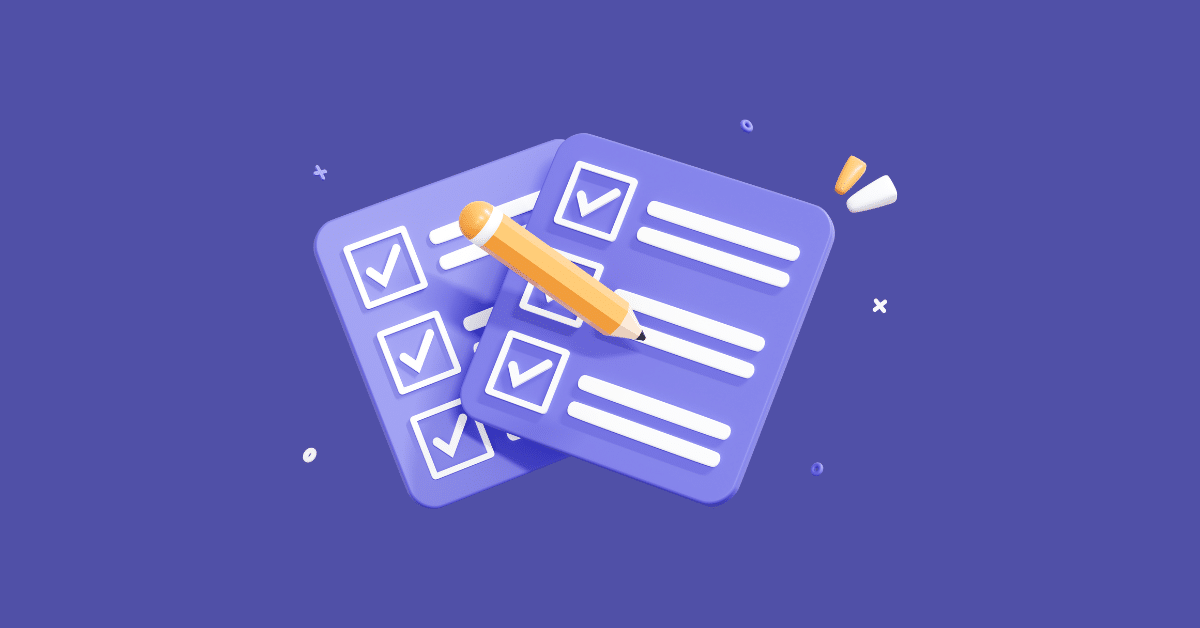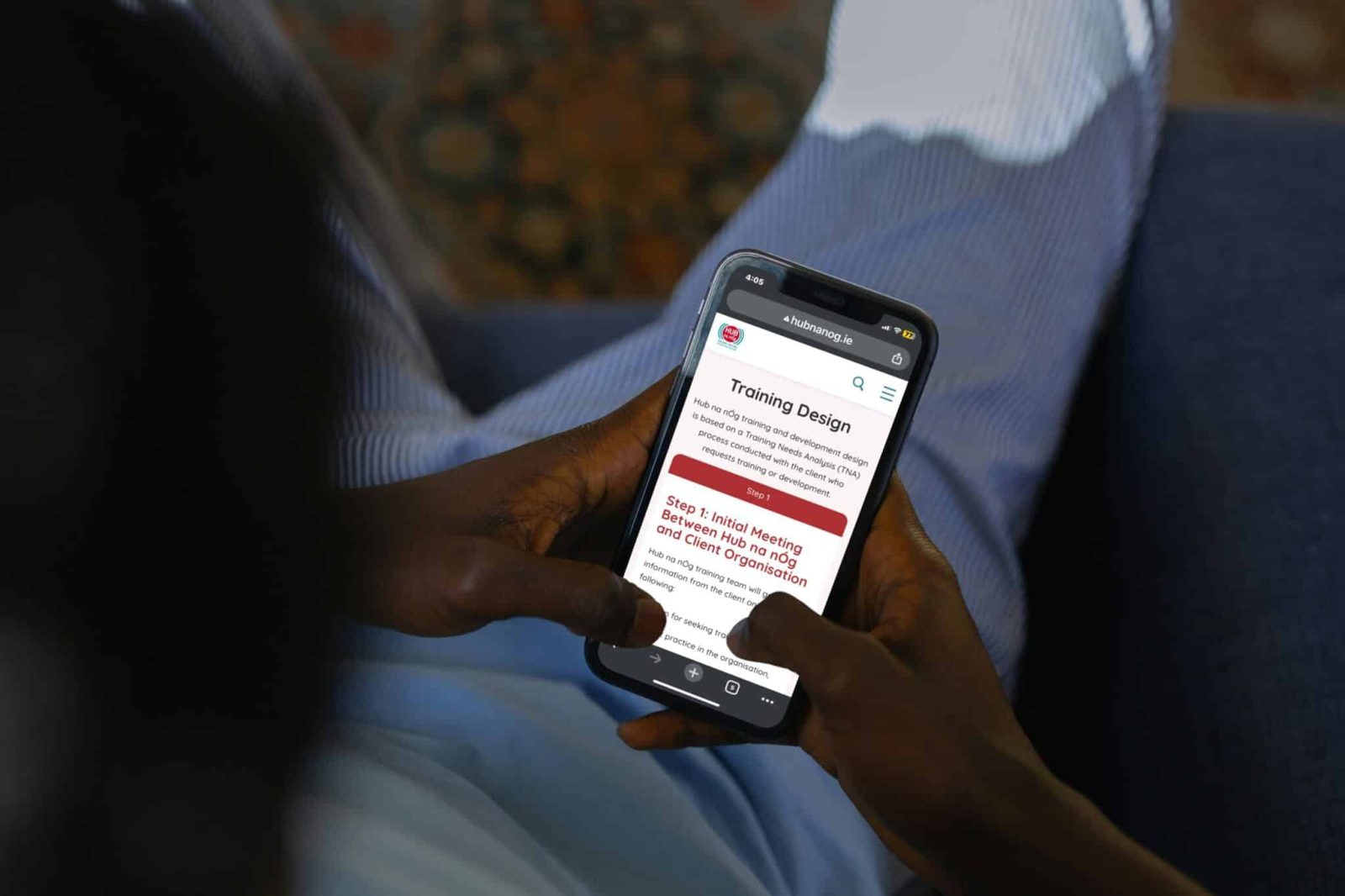There comes a time when a website needs to be redesigned. Whether it is a case of improving site performance, increasing sales and conversions, or enhancing the overall user experience, a well-designed website is essential for any business that wants to succeed online.
A website acts as a virtual shopfront, giving potential customers their first impression of your brand. A high-quality website should be visually appealing, easy to navigate, packed with valuable content and optimized for search engines.
However, redesigning a website is not an easy task. It requires careful planning, execution, and management. That’s where the web team at Madcraft comes in. We have the experience and expertise to help you through every step of the process with our checklist.







